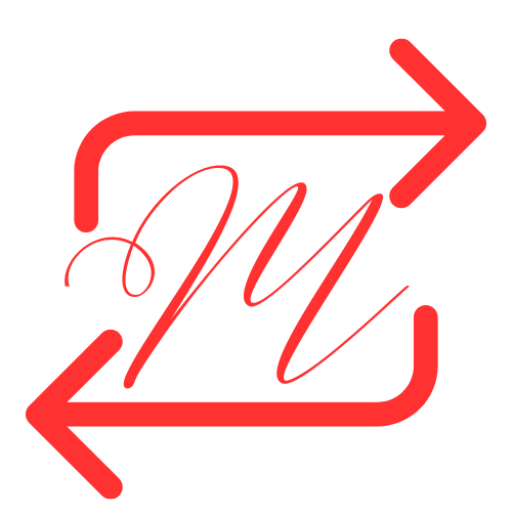David Hilbert (1862-43), Kurt Gödel (1906-78) and Alan Turing (1912-54) – “Math Giants”
Perhaps it is best to commence with David Hilbert and his immortal 23 problems that have shaped the course of Math endeavours since he posed them. Many of these problems have been solved bringing instant fame to the men/women solving them. The most elusive is of course the famed 8th problem, the so-called Riemann (1826-66) Hypothesis relating to the zeros of the Zeta function that originally arose with the great L. Euler (1707-83) using the sieve of Eratosthenes to obtain a product of an expression over the primes being equal to the sum of an infinite series, thus providing another proof of the infinity of the primes 2000 years after Euclid (c300BC). Hilbert’s work in one area alone (the Hilbert space) provides the setting for Quantum Physics.
He also nearly beat Einstein (1879-55) to the General Relativity summit. Wrapping up Hilbert (whose tombstone I visited in Göttingen when I went to pay homage to the Prince of Mathematics J.C.F. Gauss (1777-55) in 2009), I would like to quote his immortal words:
Wir müssen wissen. Wir werden wissen.
We must know. We shall know.
Incomplete Theorems and Their Impact on Consistent Math Framework

Gὂdel gave a partial solution to Hilbert’s First Problem by showing that the Continuum Hypothesis is consistent if the usual Zermelo-Fraenkel axioms for set theory are consistent. This is such a beautiful theorem that I cannot stop myself from citing it: it being, of course, Cantor’s (1845-18) continuum problem, which has to do with infinite numbers with which Cantor revolutionized set theory or the smallest infinite number, ℵ0, ‘aleph-nought,’ giving the number of positive whole numbers. This problem is also related to Hilbert’s second problem, which asked for proof of the consistency of the foundations of Mathematics. Here steps in Gödel again provide the true nature of this connection, showing that this problem had a negative solution with his First Incompleteness Theorem.
Sadly for Hilbert, in 1931, Gödel released both of his two ‘Incompleteness theorems’ upon the world, shattering Hilbert’s dream for a unified and consistent Mathematical framework.
Conclusion
No doubt we have all heard of Alan Turing’s contribution to World War II, but why does this image contain Alan here and not with the Enigma machine? Well, Turing solved the so-called Entscheidungsproblem which was part of Hilbert’s work to show that the basic axioms of Mathematics are logically consistent. To that end, Hilbert sought an algorithm – a computational procedure – that would indicate whether a given Mathematical statement could be proved from those axioms alone. Turing proved that the Entscheidungsproblem was unsolvable, separately, using Turing Machines and in so doing, he has led to the Church-Turing Thesis again alas, this is not the time or place to discuss this.
Sorry to the three “Giants”, but I have run out of space again, if only I had more room.


